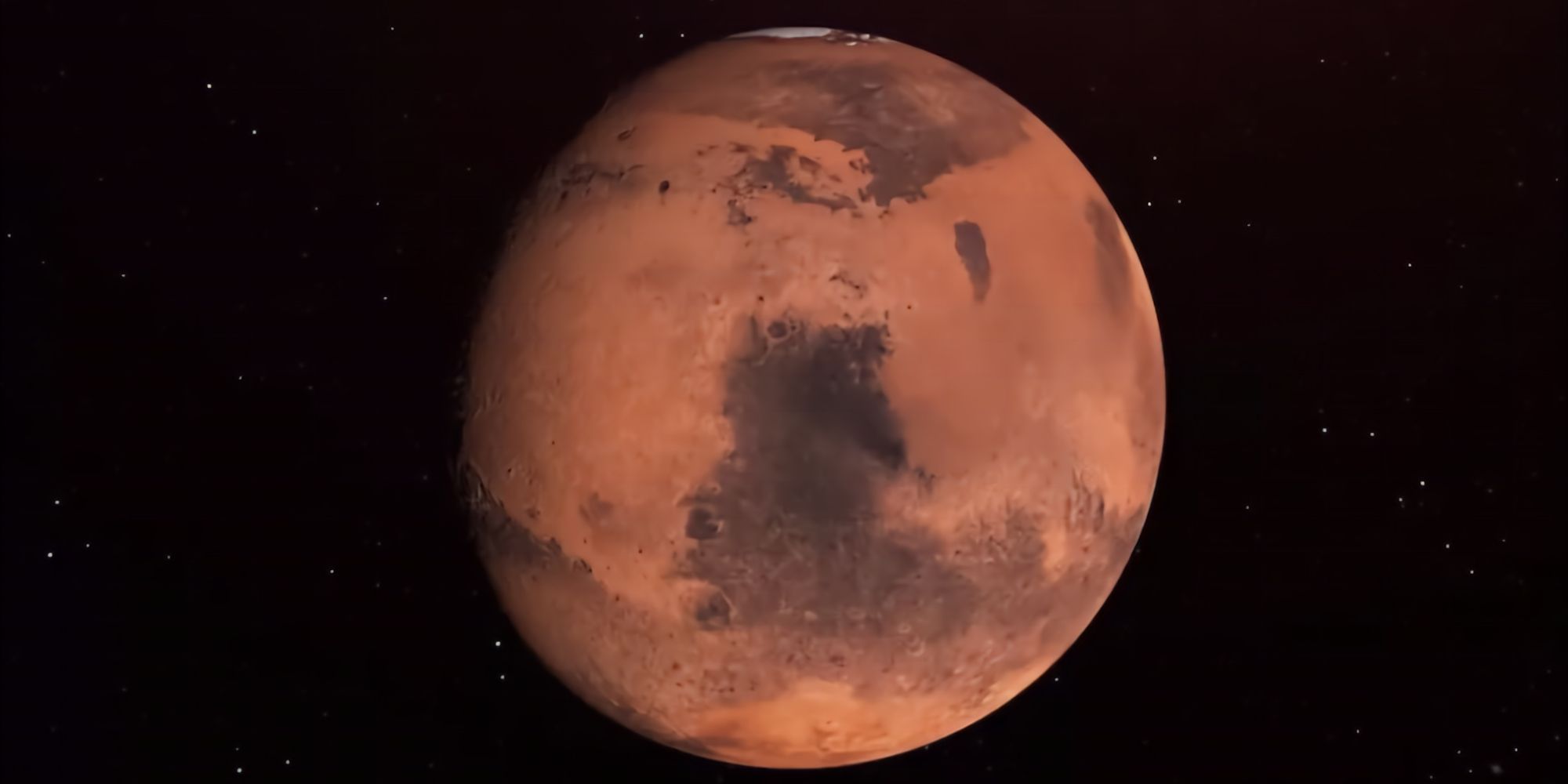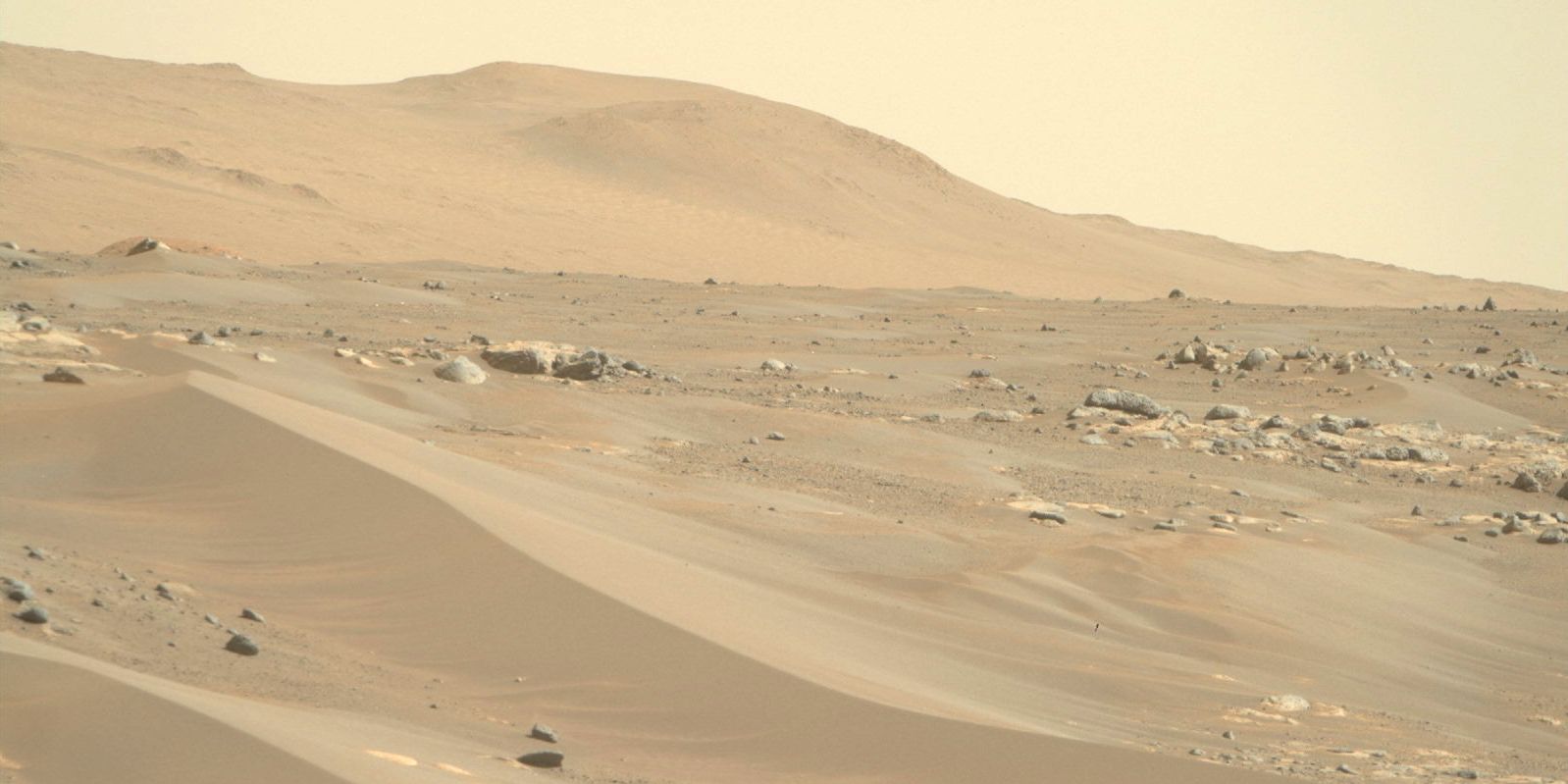The dry and dusty surface on Mars makes it look like it would be quite toasty, but is the Red Planet really that hot? Mars is one of the things in space that's been a constant point of fascination. It's prominently featured in science-fiction, is regularly studied by astronomers and scientists, and is generally the planet people are most familiar with beyond Earth.
But why? Out of all the neighboring planets in the Solar System, why does Mars take the spotlight as often as it does? There are a few reasons for this. For starters, its environment is most similar to Earth compared to Saturn, Jupiter, etc. It has a solid surface, a (very thin) atmosphere, and it's one of the closest planets to Earth. Mars also has a rich and fascinating history. Evidence suggests the planet was once flowing with bountiful water. That means it's possible there was once ancient life on Mars, and this is something scientists have been trying to prove for years.
This deep fascination with Mars has led many people to dream of a day when future humans live on the planet. As exciting as that may be in theory, there are a lot of challenges that come with human colonization — one of the biggest being Mars' surface temperature. Despite its red hot appearance, Mars is very cold. According to the National Weather Service, Mars has an average surface temperature of about -81°F. This can go all the way down to -220°F in the winter, and up to about 70°F on Mars' lower latitudes during the summer. That's obviously much colder than Earth, and not an environment that's at all friendly to humans living there.
Why Mars Is So Much Colder Than Earth
As for why Mars is so cold, there are a couple of reasons for its chilly temperatures. First and foremost, Mars is considerably further away from the Sun than Earth is — 50 million miles further away, to be specific. Where Earth sits at a perfect 91.863 million miles from the Sun, Mars is 148.49 million miles away. That greater distance means Mars gets considerably less heat and light than Earth does.
And for the little heat/light Mars does receive, its weak atmosphere doesn't hold onto it very well. When heat from the Sun travels to Earth, it's captured in our planet's dense atmosphere and can't escape. It's a little something commonly known as the 'greenhouse effect,' and it's one of the main reasons why life exists on Earth in the first place. Mars' atmosphere is around 100 times thinner than Earth's. The planet still receives some heat from the Sun, but that heat is quickly lost and doesn't keep the planet warm at all. As NASA explains, "If you were standing on the Martian equator at noon, it would feel like summer at your feet, but winter near your head."
If there's ever been a time to use the saying 'don't judge a book by its cover,' this is one of them. Considering that the Martian surface looks very similar to hot and dry deserts on Earth, it can be easy to assume it shares the same hot temperatures. However, that couldn't be further from the truth. Along with lacking oxygen and no running water, dangerously cold temperatures are another imposing threat of the Red Planet.
Source: National Weather Service, NASA


